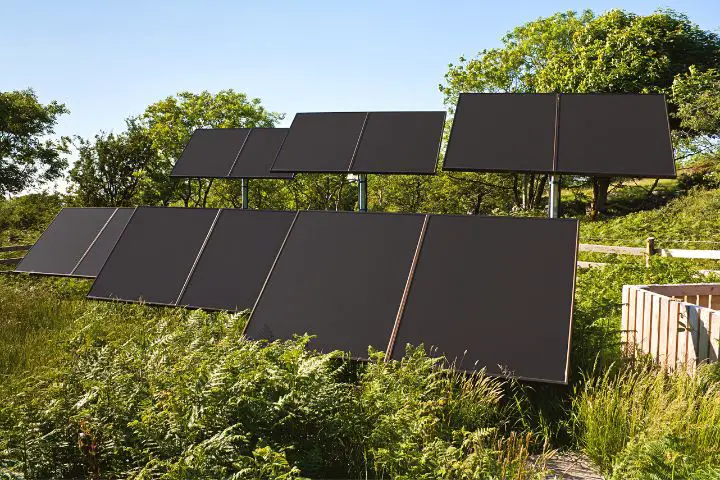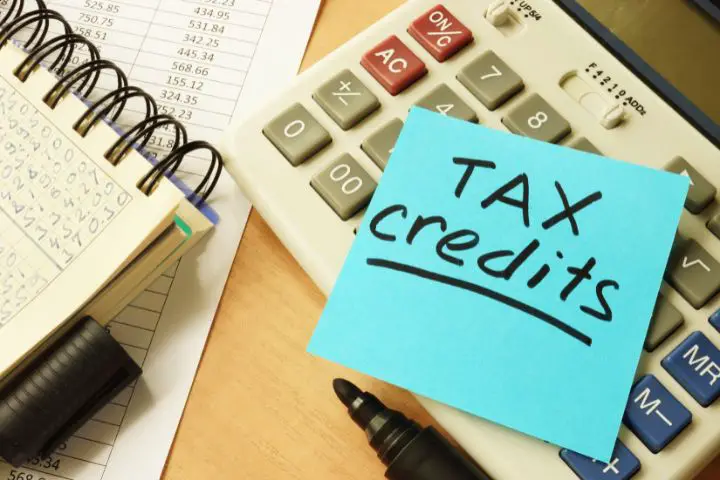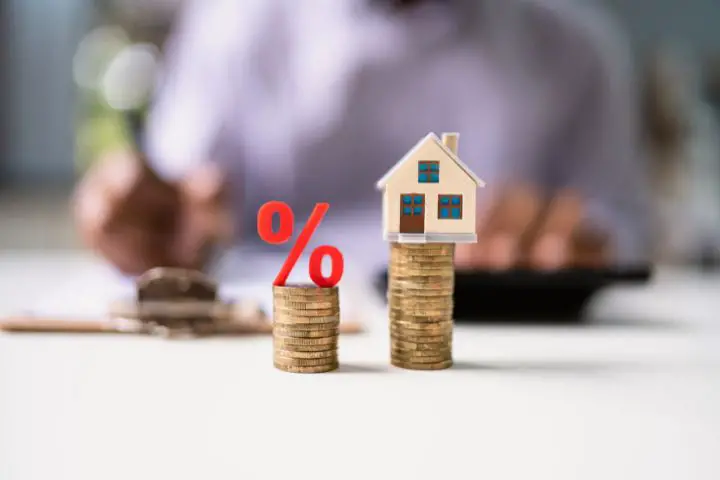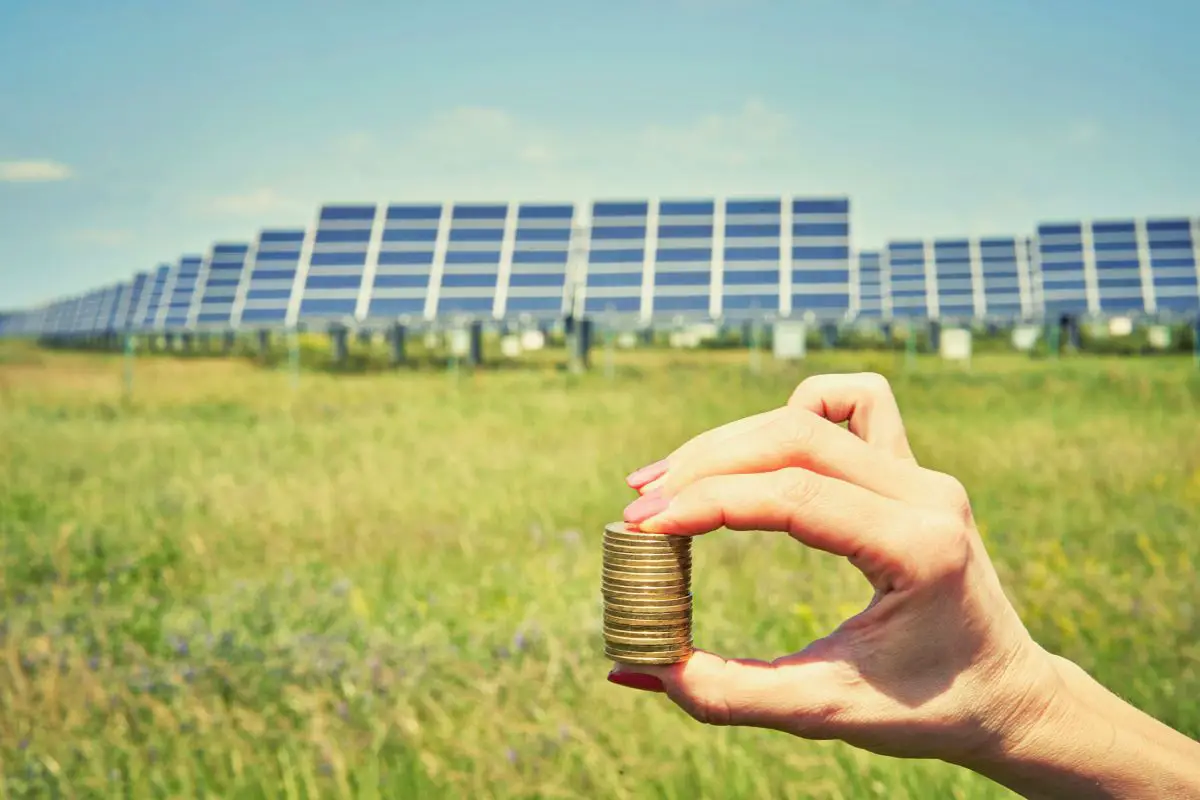How Can I Get Solar Panels for Free: Myths & Facts
With the world creeping closer towards an environmental crisis, the need to find sustainable energy alternatives has grown exponentially since the turn of the millennium.
But there’s a problem: it costs, and often much more than an average household can stomach. Mounting a set of solar panels on your home is likely to set you back by $15,000 to $20,000, and that’s if everything goes according to plan. (Which it usually doesn’t.) Since loading this kind of burden on the end user seems unfair as much as unviable, governments are chipping in with various tax credits and rebates.
But does this actually mean you can get them at zero price?
Unless yours is a low-income household, the answer is no. But that doesn’t mean you need to shoulder 100% of the price. Read on to learn how to become a “prosumer” at the lowest possible cost upfront!
Why I Can’t Get Solar Panels for Free

First things first – the federal government has made it very clear that they do not offer free solar panels or installation of solar panels. Another thing they don’t do is require companies to grant solar panels for free to customers.
But that’s just part of the story. Many programs and organizations claim that, under the ambit of the government and renewable energy policies, they offer free home solar panel installations. And if your guts tell you that it sounds too good to be true, you should trust them.
The thing is, it’s not just that companies could lure you into a solar lease or power purchase agreement. Another thing they can do is what everybody’s trying to do nowadays – harvest your personal data. In other words, you’d pay with other means what you’d come to see as a discount or deduction. So make sure to always stick with what the government recommends. In this case, it means checking if the company is listed by the North American Board of Certified Energy Practitioners.
Anyhow, even if your home does qualify as low-income, you’ll still need to scour through the installment plans to figure out which one works best for you. It’s still very unlikely that you won’t have to pay a single dime, but programs such as California’s Grid Alternatives could save you up to 80%.
Federal tax credit, available in every state throughout the country, also enables funding provided for up to 30% of the cost of the solar panels.
Types of Solar Incentives
There are a number of states, federal and local incentives that lower the costs of solar installation, giving them away for prices that almost seem free when you compare them against the likes of tens of thousands of dollars.
Some incentives even allow for the recipients to earn money from the solar projects they invest in, or the solar systems they buy. Here are the types of incentives you can get from installing solar panels:
Tax Credits

Any solar project you invest in will have costs. The silver lining is, some can be deducted from your tax requirements, and therefore, significantly knock down the final tax amount you have to file. Some states also have their own solar tax credit system that you can take advantage of.
In other states, you can also be exempt from certain property taxes, which cuts down the tax burden on the homeowner. They may assess your home as though it does not have a solar project installed.
SRECs
Saving money off solar is a well-known incentive (even if it’s usually not as much money as you’d hoped for). But what about saving money AND making some on top of that?
Apart from the number of panels and sunny days, it also depends on where you live and the laws of the state. However, some states, such as Illinois, offer programs operating with a Solar Renewable Energy Credits (SRECs) system, whose main purpose is to gauge your panels’ environmental offset – and convert it into money.
So yes, you guessed it right – this doesn’t come with zero strings attached. In order to earn a SREC, homeowners need to produce 1000 kilowatts of energy per hour. This will equate to one SREC. They can take their SREC(s) to an energy company and sell it to them at the current market rate.
It is important to note, however, that this arrangement is only applicable to approved vendors. So if that’s what you plan to do, then be sure to verify the companies you work with fall under the remit.
These incentive plans have proven to be so popular in Illinois that an incentive program ran out of funding in 2021, and the process had to be put on hold for a period of time whilst they secured more investment. Part of this reason is due to Illinois companies being made to generate a minimum of 25% of their energy from renewable resources and SRECs count as a form of that.
Best of all, you won’t get these SRECs instead of money. They are not a compensation for the value of your kilowatts, but for the fact that those kilowatts are clean. In other words, you can still sell your extra kilowatts at market price! These units can range from $5 to $500 and more, depending on the supply you generate, but also the current demand from utility companies.
Sounds like an important thing to know if you plan on becoming a big producer or even starting a solar farm.
Rebates
This type of incentive is a partial return or refund to the individual buying the solar panel system. Once a rebate is filed with the government, utility company or any other organization running a rebate program, you’ll be entitled to a portion of your money back.
Performance Based Incentives
Based on the kWh of solar energy generated from a solar project, you can receive a performance-based incentive – or a PBI – with a flat-rate payout. These are checked against the net metering agreement with any utility company you have a contract with.
Low-Interest Loans

Finally, below market rate loans are offered for renewable energy projects, to reduce interest, hidden expenditure and costs. These are specially to encourage homeowners to invest in renewable energy and energy efficiencies within their home!
Who Offers the Best Solar Panel Plans?
There are many successful state initiatives to encourage solar panel installations by offering considerable incentives. As you’re about to find out, if you’re based in Illinois, you’re in luck as this state appears to have more interesting programs!
Illinois Shines
This is one of the programs that operate within the SRECs system. Aptly named, Illinois Shines provides a streamlined system where individuals can acquire funds by investing in solar panels – or solar projects. By selling renewable energy credits through approved vendors, this low-income incentive program has gained much popularity in the state of Illinois.
However, due to its popularity, there has been a backlog since 2021, and there can be delays in the turnover time for application processes. If you have time to spare for a long-term investment, this is a good option.
Solar for All
Launched in 2017, this solar program targets low-income households in states across America, such as Columbia and Illinois, and guarantees households savings on their energy bills.
They install solar panels for free, provided you meet the low-income criteria. Their intention is to promote solar energy throughout less privileged neighborhoods, essentially helping both the community and the environment.

Interestingly, this scheme hasn’t proven to be as popular as Illinois Shines just yet. Millions of dollars of allocation money have yet to be spent and it’s clear that they need to find a new way to reach out to the community.
California
If you ever consider buying a home in California, you can avail the Solar Offset Program, which is a building energy code incentive that works to simplify energy efficiency requirements. It does this by offering potential homeowners with solar options and solar offset programs to reduce their monthly electricity costs.
Don’t let the name confuse you, though. Apart from “offsetting,” these programs don’t have much in common with carbon offset programs where you are the one who offsets your own (negative) impact on the climate.
Maryland
Maryland’s Residential Clean Energy Rebate Program allows for multi-family, low-income households from residential sectors to save thousands when purchasing solar photovoltaics or water heat, as much as up to $500 and $1000 per unit.





